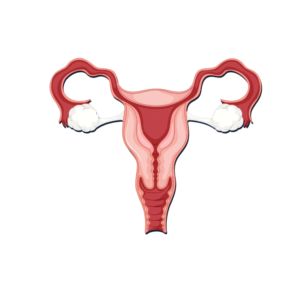Fibroids

Fibroids are non-cancerous (harmless) uterine growths (uterus). They’re also known as uterine myomas, fibromyomas, and leiomyomas. Their size varies. Some are the size of a pea, while others might grow to be the size of a melon.
Fibroids are pretty prevalent and usually do not produce any symptoms. They can, however, occasionally induce heavy periods, belly (abdominal) bloating, and urinary issues.
Uterine fibroids are the most prevalent kind of pelvic tumor, affecting around 70% of women by age 45. Many fibroids, however, are tiny and asymptomatic. Approximately 25% of White women and 50% of Black women will ultimately have symptomatic fibroids. Women with high BMI are more likely to get fibroids. Parturition and cigarette smoking are two potentially protective variables.
Subserosal fibroids account for the majority of uterine fibroids (most common)
Submucosal Intramural (least common)
Fibroids can develop in the broad ligaments (intraligamentous), fallopian tubes, or cervix.
Some fibroids have pedunculated growths. Most fibroids are numerous and arise from a single smooth muscle cell, indicating that they are originally monoclonal. Fibroids increase throughout the reproductive years and shrink after menopause because they respond to estrogen.
